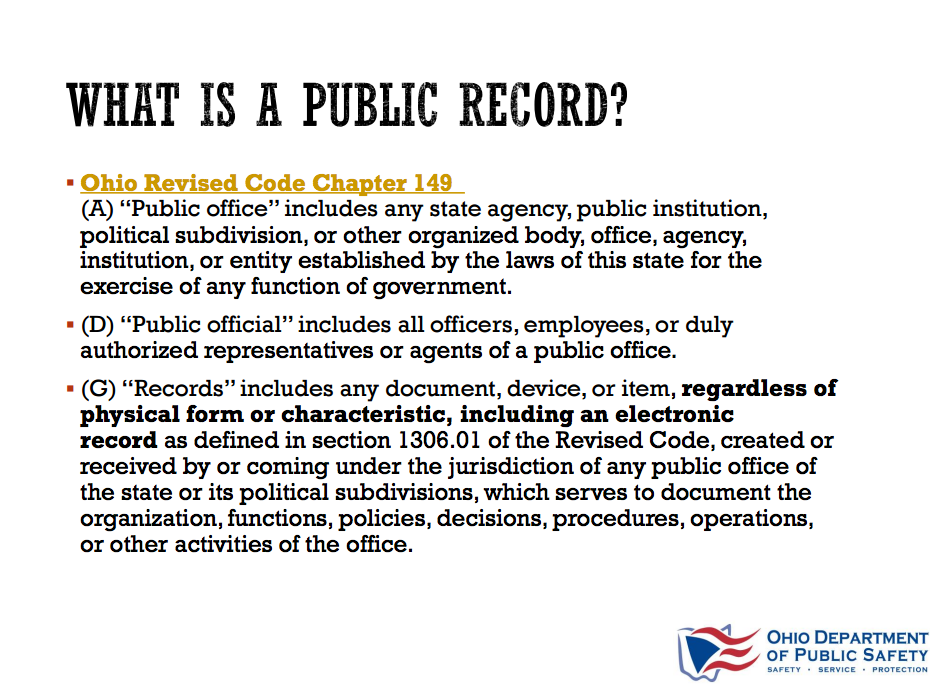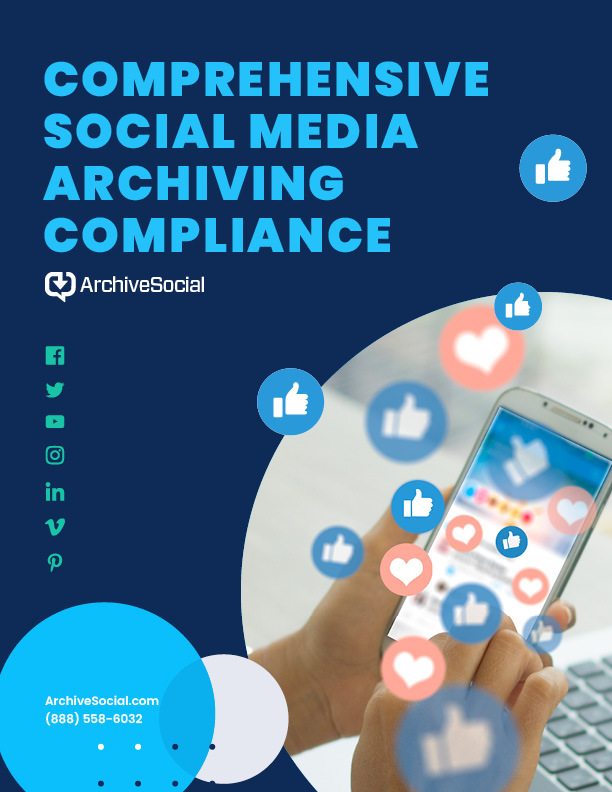During a recent GovTech webinar, Jessica Pierson, Social Media Coordinator from the Ohio Department of Public Safety, shared her experience with the emerging role social media is playing in law enforcement. She shared lessons about messaging, citizen engagement, and the importance of archiving social media for law enforcement.
Here are 4 key lessons from her story:
1. “Do Things, Tell People.”
When managing Ohio DPS social media,Pierson lives by the motto: “Do Things, Tell People.” Social media provides their department with an outlet to tell stories about the good things the agency is doing for its citizens.
With this approach, Pierson finds social media to be a powerful communication tool for telling great stories and engaging citizens. She notes that, “In recent years, some of our biggest traditional media stories have been spurred by social media posts.” In one case, a video of an officer saving a citizen’s life posted on the Ohio DPS Facebook page went unexpectedly and massively viral. The video ended up reaching more than 50 million people and gained national media attention.
2. Do Your Research
After getting such a massive response on Facebook, the Ohio DPS began questioning the nature of social media content as it relates to government public records policies. With the huge response on that video came negative feedback, leading the department to question whether or not it was ok to remove that undesirable content.
The department reviewed Ohio Public Records laws and determined that social media content does qualify as a public record. That means social media content is subject to those public records laws and records retention policies. The Ohio DPS determined that they needed to start archiving social media to ensure compliance with those laws.
3. Social Media is a Public Record
So, it’s a public record – now what? Pierson and the Ohio DPS thought they had enough information to be compliant. They tried manual methods of preserving their social media, like taking screenshots of deleted posts and adding terms of use to their Facebook page, which worked for a while.
But then the “perfect storm” hit. There was a controversial Facebook post that needed to be deleted – but it had already received outside media attention. There were questions around whether or not it was appropriate to delete that post and how to best preserve the records of the incident. Would a screenshot of the post, without associated comments or metadata, be enough to satisfy records request that could follow the incidents if the post was deleted?
It was clear that their manual solution for archiving social media records was not enough, so Pierson and the Ohio DPS went back to the drawing board.
4. How to Start Archiving Social Media For Law Enforcement
With a legal team on the case, Pierson and the Ohio DPS researched how their department could maintain those records and stay compliant. They identified that a compliant social media archive should be comprehensive, preserve metadata, and be searchable and exportable in a useable format. With that knowledge, they were able to find a solution that would be compliant and effective for archiving social media for law enforcement
We’re taking Pierson’s parting words to heart: “This is a conversation that I would urge everybody to have internally with your staff, because you just never know when the perfect storm will happen to you.”
Watch the full webinar for yourself at GovTech.com.
Check our more social media archiving resources for government here.
How can ArchiveSocial help your agency? Find out more and sample your archive at ArchiveSocial.com





